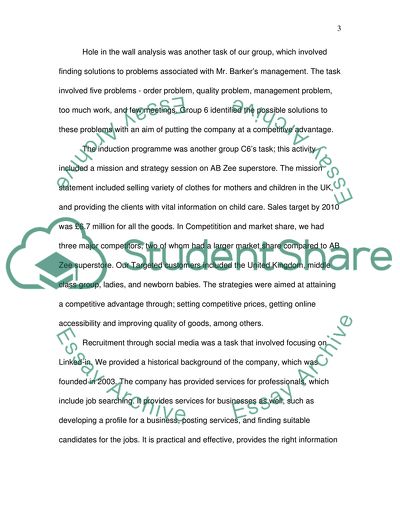Not Found (#404) - StudentShare. Retrieved from https://studentshare.org/human-resources/1761616-finish-the-section13-of-the-assessment-with-each-section-got-2000-words
Not Found (#404) - StudentShare. https://studentshare.org/human-resources/1761616-finish-the-section13-of-the-assessment-with-each-section-got-2000-words.


